“A Culture of Respect is Non-Negotiable”: A Culturally Responsive Teaching Q&A
June 15, 2021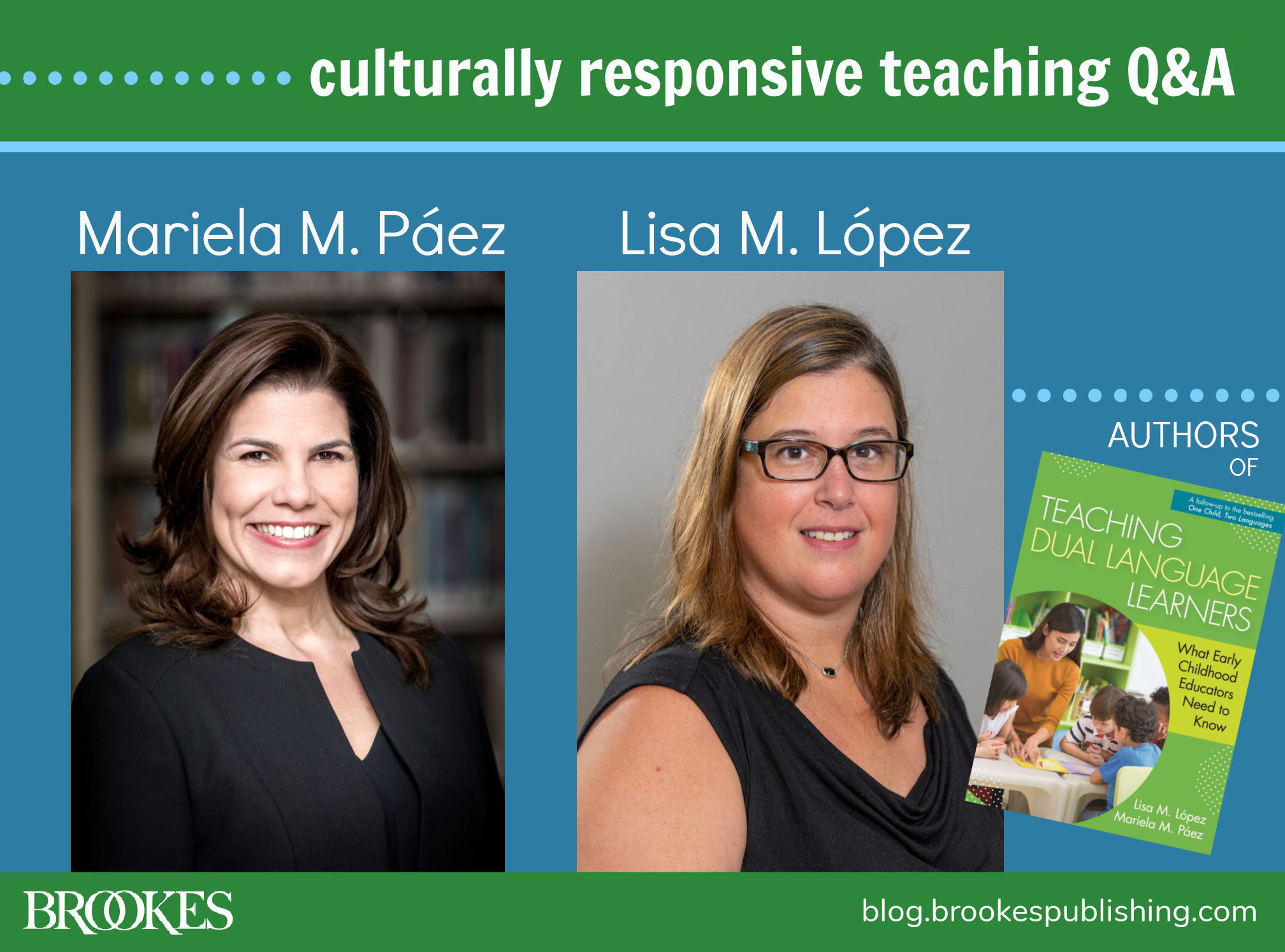
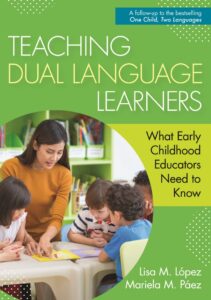 As classrooms become more and more diverse, culturally responsive teaching practices are vital to the success and well-being of every student. That’s especially true after the events of the past year, as the pandemic has brought new struggles and challenges to families. Children will need culturally relevant, trauma-informed practices and supports when schools are back in session—and that’s the focus of today’s author Q&A with Mariela M. Páez & Lisa M. López. Authors of the practical guidebook Teaching Dual Language Learners, Mariela and Lisa are here to talk about the key features of culturally and linguistically responsive practices, why they’re so important in the wake of COVID-19, how teachers who want to improve in this area can get started, and more.
As classrooms become more and more diverse, culturally responsive teaching practices are vital to the success and well-being of every student. That’s especially true after the events of the past year, as the pandemic has brought new struggles and challenges to families. Children will need culturally relevant, trauma-informed practices and supports when schools are back in session—and that’s the focus of today’s author Q&A with Mariela M. Páez & Lisa M. López. Authors of the practical guidebook Teaching Dual Language Learners, Mariela and Lisa are here to talk about the key features of culturally and linguistically responsive practices, why they’re so important in the wake of COVID-19, how teachers who want to improve in this area can get started, and more.
Q. What are some of the key characteristics of culturally responsive practices in the classroom? What skills should educators work to develop in order to teach in more culturally responsive ways?
Culturally responsive practices start with affirming the cultures and traditions of all students. Children and families should feel welcome and comfortable in the classroom and when interacting with educators and administrators. Educators can validate the children’s culture by including children in classroom conversations, encouraging children to share their own experiences in their own languages, and drawing examples from the child’s own life when making text to home connections in exploring literature and learning new concepts.
Educators need to become comfortable with allowing for child-centered learning opportunities that might stray from the curricular plan. There may be instances when the curriculum needs to pivot to emphasize certain ideas, further explore certain concepts, and build on the diverse knowledge children are bringing with them. Understanding the diversity and strengths each child brings into the classroom is a great way to begin developing more culturally responsive practices.
Q. Many teachers reading this Q&A may be aware that they need to increase their cultural responsivity, but they might be wondering where to start and how to make progress. What are the first steps you’d recommend for an educator looking to make real improvements in this area?
The first thing that teachers should understand is that developing culturally and linguistically responsive practices is a lifelong journey. We are always learning new things about our children and diverse families, especially regarding their social, cultural, and linguistic backgrounds and experiences which in turn we need to apply to our teaching.
There are several strategies that can help teachers build their cross-cultural competence and make progress in this area:
1) Educators need to reflect on their own background and how it influences their beliefs, behaviors, and interactions with others. It is by thinking about our differences and similarities in comparison to others that we can become more aware and sensitive to the diversity represented in our families and children.
2) Educators need to gather information about the families they work with (including social, cultural, and language experiences) so they can understand and be more responsive to their unique sociocultural conditions
3) Educators need to examine how their practices are reflective and responsive to different cultures.
We provide specific examples in our book for how early childhood educators can become more responsive and effective when working with diverse populations. In general, reading books or articles written for a professional audience is one way of learning more in this area. Also, there are new opportunities from organizations such as the National Association for Education of Young Children (NAEYC) and national programs such as Head Start for educators to participate in workshops, learn from video demonstrations, and/or learn from teachers who are doing excellent work. We have included some links in the last question below.
Q. Culturally responsive teaching helps create a welcoming, inclusive school environment that’s more conducive to learning, but it also helps improve the critical partnership between teachers and families. Can you talk about the specific ways in which culturally responsive teaching practices help educators work more effectively with parents and other caregivers?
Culturally responsive teaching practices can help educators work more effectively with families and caregivers by supporting more respectful and inclusive environments. Families have different definitions and understandings of family involvement in their children’s education, but ALL families are eager to support their children and want them to succeed in school.
In our recent book, Teaching Dual Language Learners: What Early Childhood Educators Need to Know, we discuss a four-step action plan for working more effectively with diverse families, including:
- collecting and providing information to families
- providing structure and ideas for family involvement and engagement with school related activities
- supporting families with strategies for bilingual language development and learning
- establishing reciprocal relationships through regular, supportive communications
We also believe that establishing connections with the broader community—through community partnerships or other events that allow educators to learn about or share time in their community—can enrich family partnerships.
Q. Will culturally responsive teaching be even more important in the coming school year, as in-person classes resume and children re-enter school, many carrying pandemic-related trauma with them?
YES! Culturally and linguistically responsive teaching will be even more crucial after this year. Due to the pandemic, many of our students and families have experienced unique challenges. Families might have faced health, economic, and personal hardships with loss of family members. As educators, we need to be aware of these difficulties and be patient as children return and re-enter the classroom. We recommend assessing families and students’ needs during the first weeks of classes and thinking about the whole child, including cognitive, linguistic, social emotional, and physical skills. Also, it will be important to include culturally relevant, trauma-informed services for children and families who are struggling with the transition back to school.
In particular, when teaching dual language learners (DLLs), educators should observe and assess the language skills of students in both their home language and in English to plan for instruction and provide support in the classrooms. Due to school interruptions and lack of access to technology, DLLs might exhibit learning gaps which will need to be addressed in teaching. In addition, the language experiences for DLL children might have varied during the past year and it might be that they arrive in the classroom with a different language profile. Some children will have stronger home language skills given that families have spent more time at home, and these skills can be sustained and leveraged while learning English at school.
School leaders and administrators should also make sure that there are bilingual and bicultural social workers, school psychologists, and guidance counselors on staff to provide appropriate mental health services and interventions. Finally, educators should make extra efforts to partner with families and identify resources that might support students both at school and at home.
Q. We got this question on Twitter, and we thought it was worth posing to our experts: How do we best apply the principles of culturally responsive teaching when a student’s culture involves or requires having false and/or derogatory beliefs about another culture? What is a teacher’s role in a sensitive case like this one?
This is an important question and one that requires cultural competence skills to both identify the areas of cultural conflict and select appropriate responses to beliefs that are not aligned to the values and culture of our schools and society. When we work to understand the backgrounds, beliefs, sociocultural background, and contexts of our students and families, we are working on our cultural competence skills.
In chapter 2 of our book, Teaching Dual Language Learners, we discuss developing cultural competence in the context of working with families. As educators who have immigrant backgrounds, we understand that students and families have diverse experiences, beliefs, and lived realities which frame how they view diversity and differences related to culture. However, a culture of respect that values diversity, equity, and justice is non-negotiable in our schools and teaching. Our recommendation is for teachers to explain clearly and directly to students and families that in their classroom (and school) all cultures are valued and take actions to affirm all cultures including discussions of differences and similarities, and representation of these cultures in the school environment, curriculum, and teaching.
It is important to provide opportunities for positive cross-cultural interactions among the children and families. As children and families experience positive interactions with others who are different from them, especially culturally and linguistically, we hope that these students change their beliefs and can join the respectful and affirming culture of our schools.
Q. What are some of the best resources you’ve seen on culturally responsive teaching—blogs, books, articles, Twitter accounts, videos?
Our book Teaching Dual Language Learners, which we have referenced several times in this blog post, is an excellent resource to start with. Beyond that, here are some other resources to check out online:
This is a great blog and podcast for parents raising bilingual children. This resource can be shared with families of bilingual children to support strategies for learning at home.
Colorín Colorado is a national website dedicated to serving educators and families of DLLs. The site provides bilingual parent resources that offer tips to families on helping their child learn to read, succeed in school, and learn a new language. The site also provides information about the U.S. school system and shares ideas on how to build a relationship with a child’s teacher and school.
Head Start programs are federal early childhood programs, and they provide many resources for both educators and families to work with children. The National Center on Cultural and Linguistic Responsiveness provides the Head Start community with research-based information, practices, and strategies to ensure optimal academic and social progress for linguistically and culturally diverse children and their families.
The National Association for the Education of Young Children (NAEYC) is a professional membership organization that works to promote high-quality early learning for all young children, birth through age 8, by connecting early childhood practice, policy, and research. Their website offers a lot of resources and some are connected to culturally responsive practices, such as this one.
Thanks to Mariela and Lisa for being on the blog today and sharing their insights on culturally responsive teaching. For more of their expert guidance on teaching young dual language learners effectively, be sure to pick up their practical guidebook:
 Teaching Dual Language Learners
Teaching Dual Language Learners
What Early Childhood Educators Need to Know
By Lisa M. López Ph.D., & Mariela Páez, Ed.D.
This reader-friendly guide expertly connects research to practice for teachers of young DLLs. You’ll start with a detailed review of the demographics of today’s DLLs and the latest research findings on supporting the learning and development of bilingual and multilingual children. Then you’ll find practical, real-world guidance on the best instructional and assessment practices to integrate into your classroom. Throughout the book, five in-depth case studies of diverse children highlight the importance of considering each child’s background, skills, and home experiences when designing effective learning environments.
FURTHER READING
10 Free Resources for Teachers of Young English Language Learners
12 Great Quotes on Culturally Responsive Teaching
FREE RESOURCE: Cultural Diversity Toolkit for Early Childhood Educators

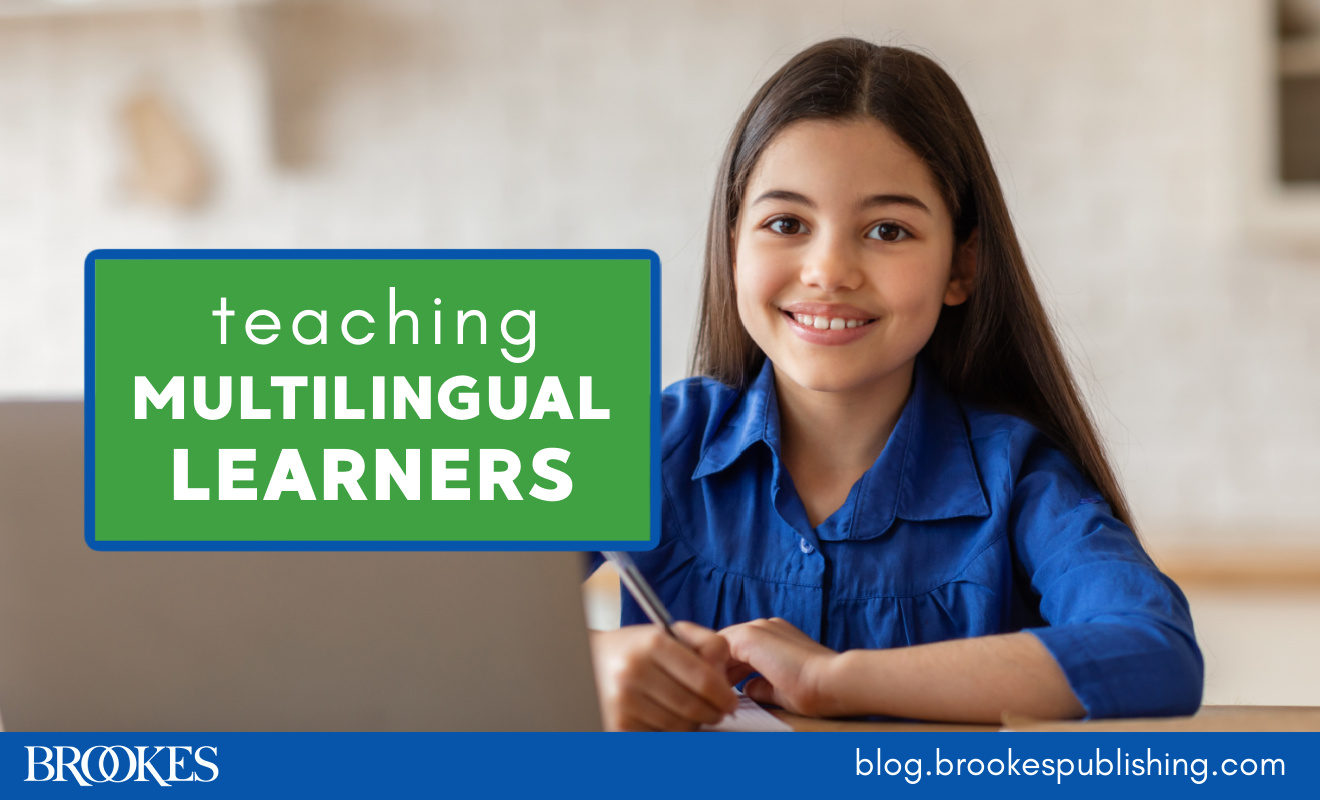
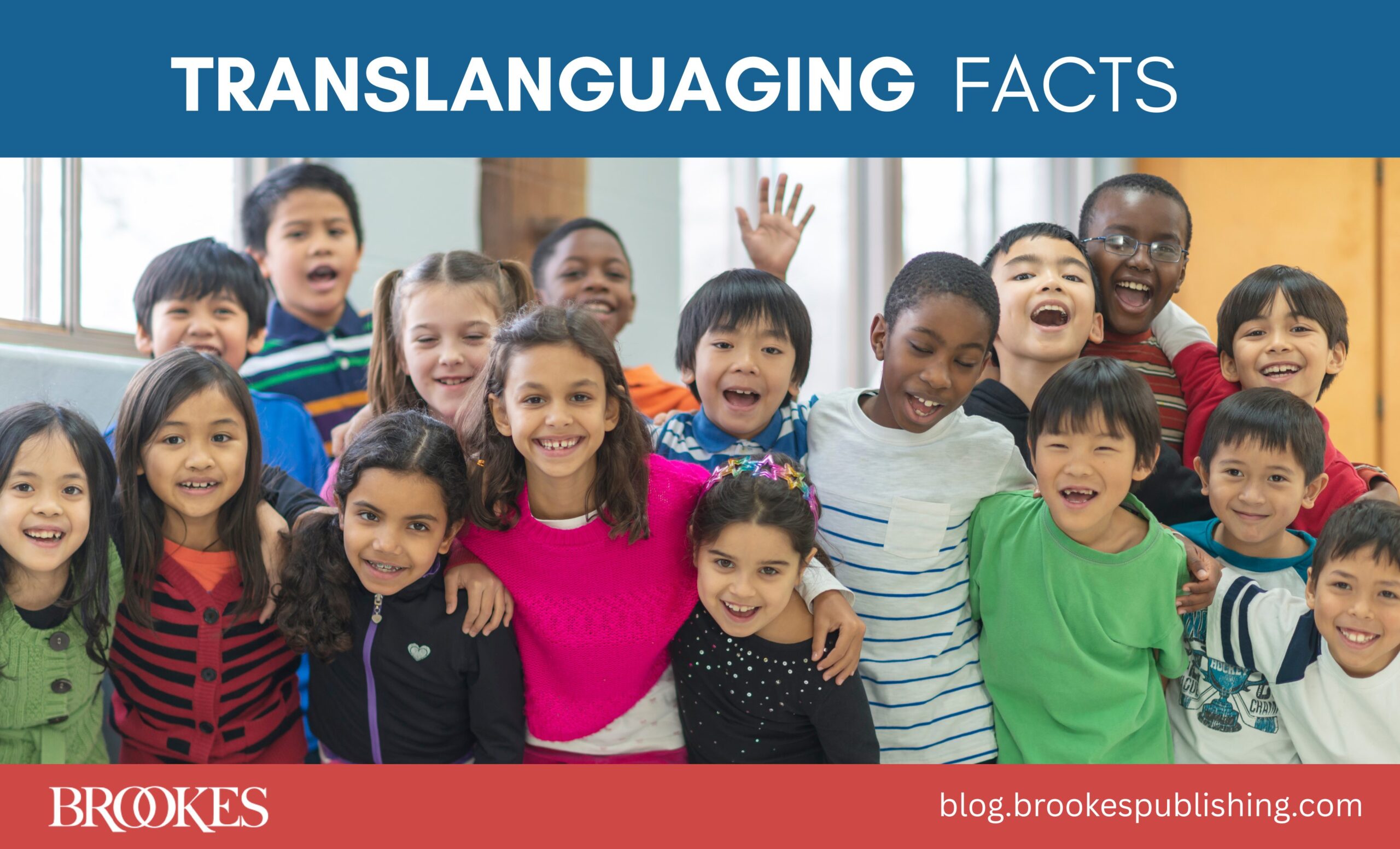
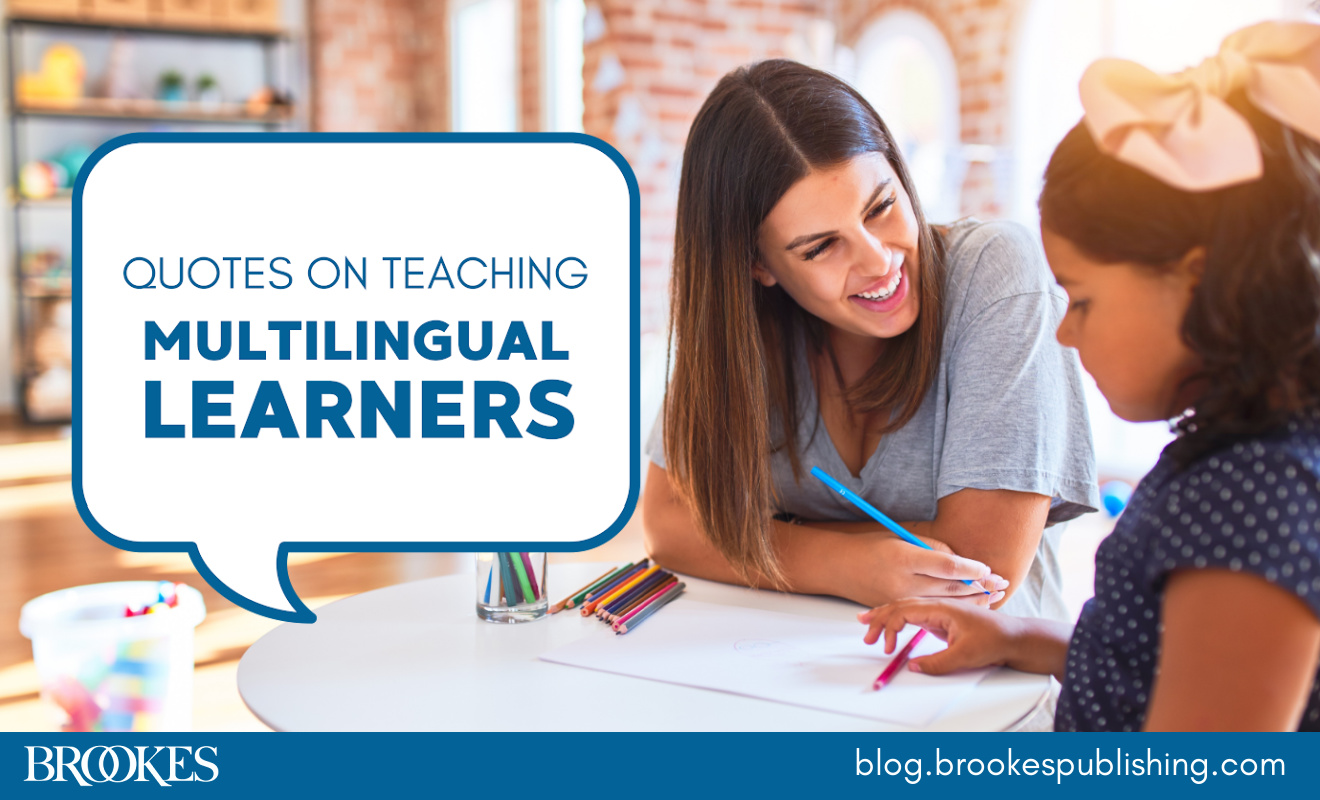
Write a Comment
Your email address will not be published. Required fields are marked *
Post a Comment